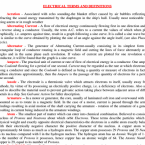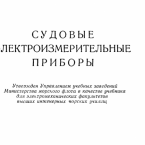Over the last quarter of the last century there were many changes in the maritime scene. Ships may now be much larger; their speeds are generally higher; the crews have become drastically reduced; there are many different types (including hovercraft- multi-hull designs and so on); much quicker and more accurate assessments of stability, strength, manoeuvring, motions and powering are possible using complex computer programs; on-board computer systems help the operators; ferries carry many more vehicles and passengers; and so the list goes on. However, the fundamental concepts of naval architec¬ture, which the authors set out when Basic Ship Theory was first published, remain as valid as ever.
As with many other branches of engineering, quite rapid advances have been made in ship design, production and operation. Many advances relate to the effectiveness (in terms of money, manpower and time) with which older proced¬ures or methods can be accomplished. This is largely due to the greater efficiency and lower cost of modern computers and proliferation of information available. Other advances are related to our fundamental understanding of naval architecture and the environment in which ships operate. These tend to be associated with the more advanced aspects of the subject: more complex programs for analysing structures, for example, which are not appropriate to a basic text book.
Заказать написание учебной работы у преподавателей по Морскому делу




